
We’re happy that you’ve dropped by. Pull up a chair and have a drink while we turn on the radio and fire up the grill. We can swap stories, recipes and memories of days gone by. If you’re not in a rush, maybe we’ll even light a campfire and get the guitars and ukuleles out. In any case, we’ll share some good food and great company.
Make yourself at home.
 For many years, I made fun of the trend toward gluten-free foods. I would quip “I’ve only been gluten-free for three days, and already I’m a jackass.” I was convinced that unless someone had an actual diagnosed allergy, or a health condition such as Celiac Disease, that there was no health benefit in maintaining a gluten-free diet, and chalked it all up as just another dietary fad.
For many years, I made fun of the trend toward gluten-free foods. I would quip “I’ve only been gluten-free for three days, and already I’m a jackass.” I was convinced that unless someone had an actual diagnosed allergy, or a health condition such as Celiac Disease, that there was no health benefit in maintaining a gluten-free diet, and chalked it all up as just another dietary fad.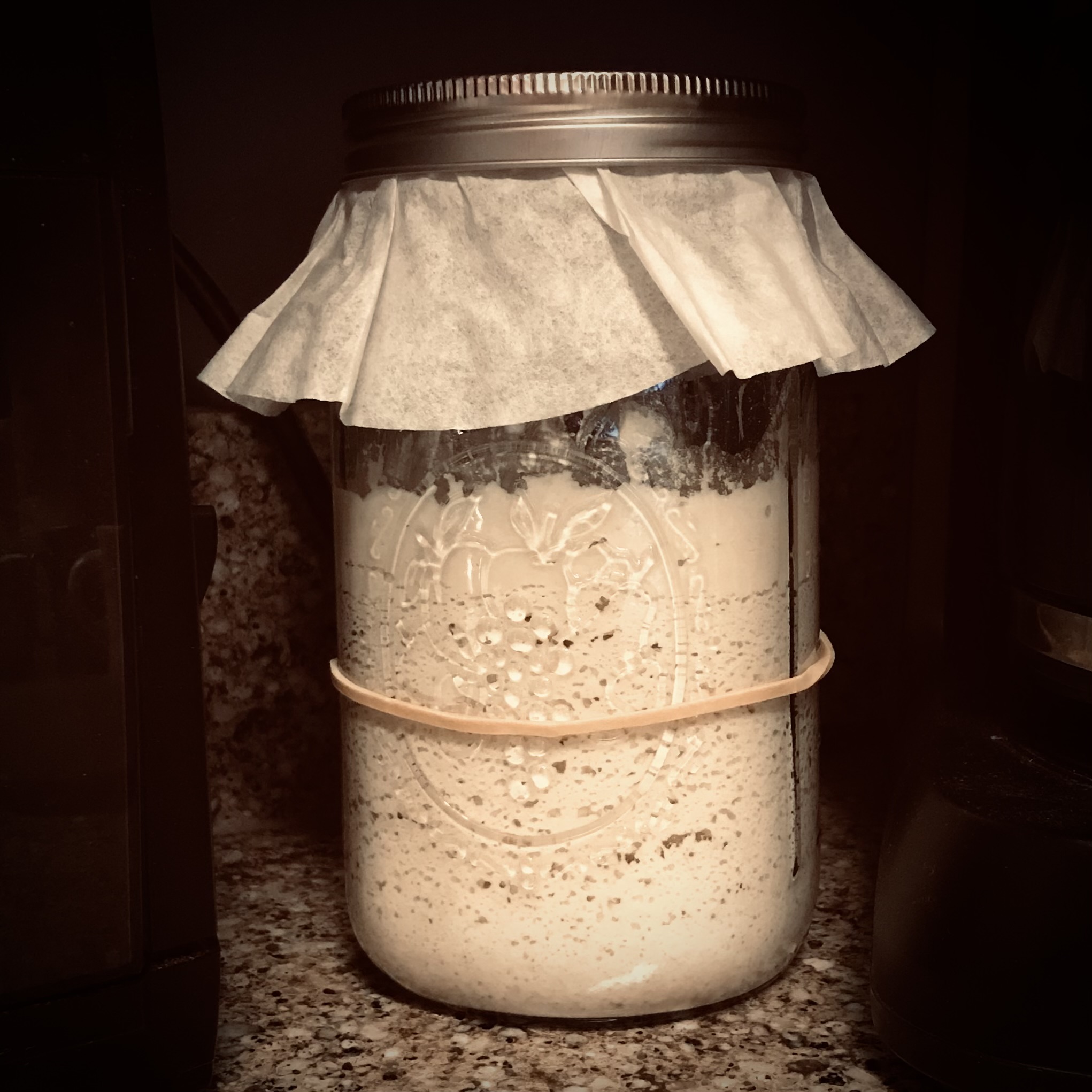
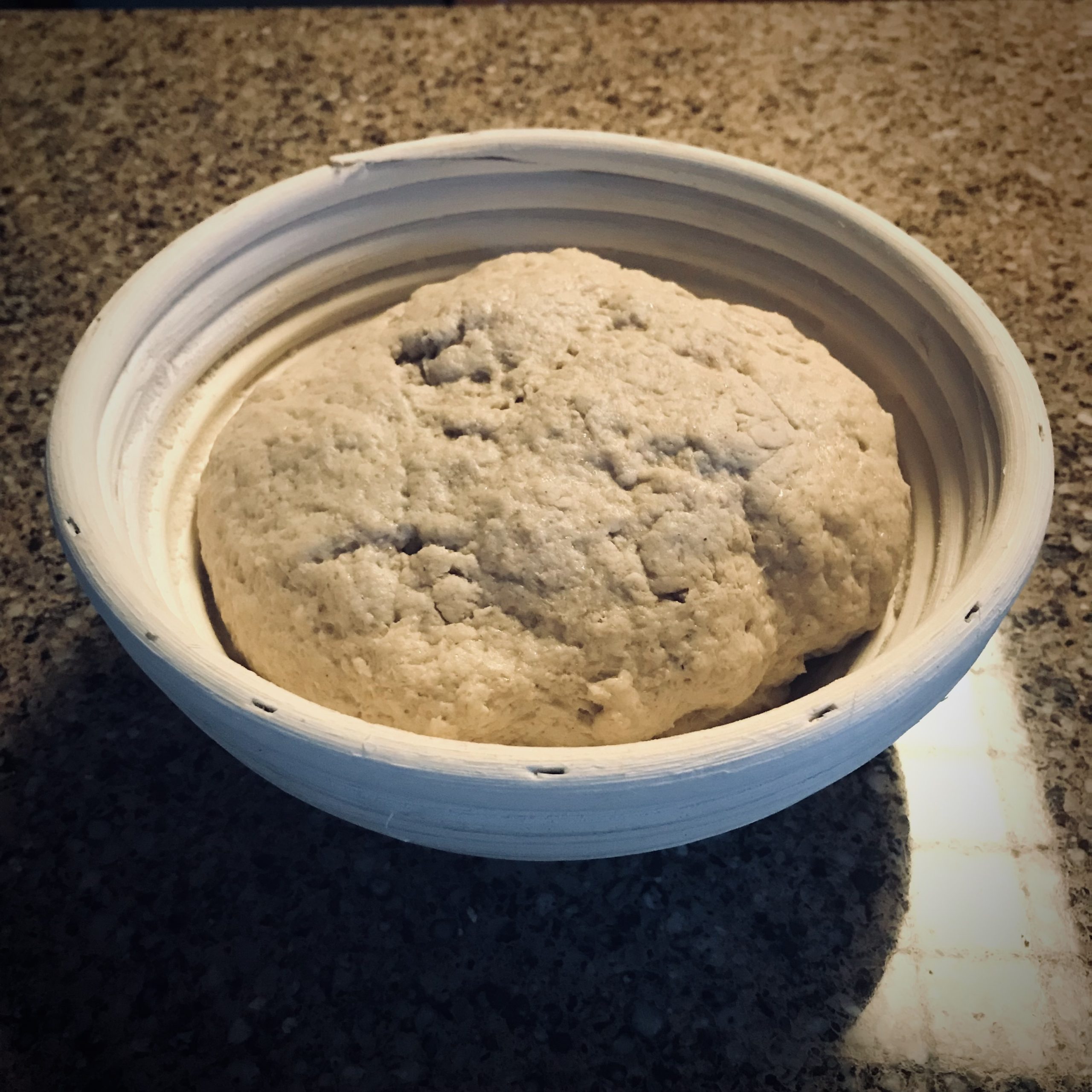
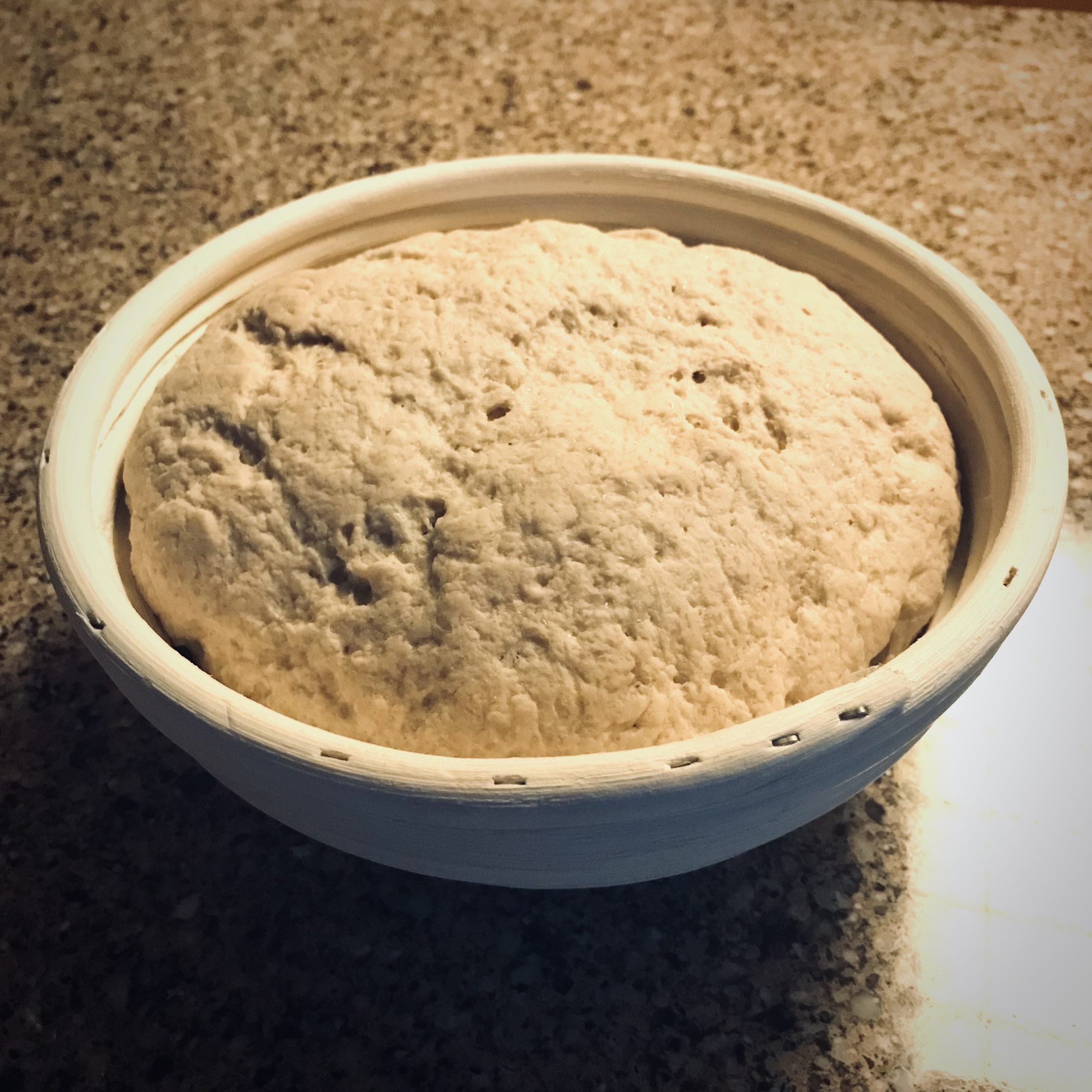
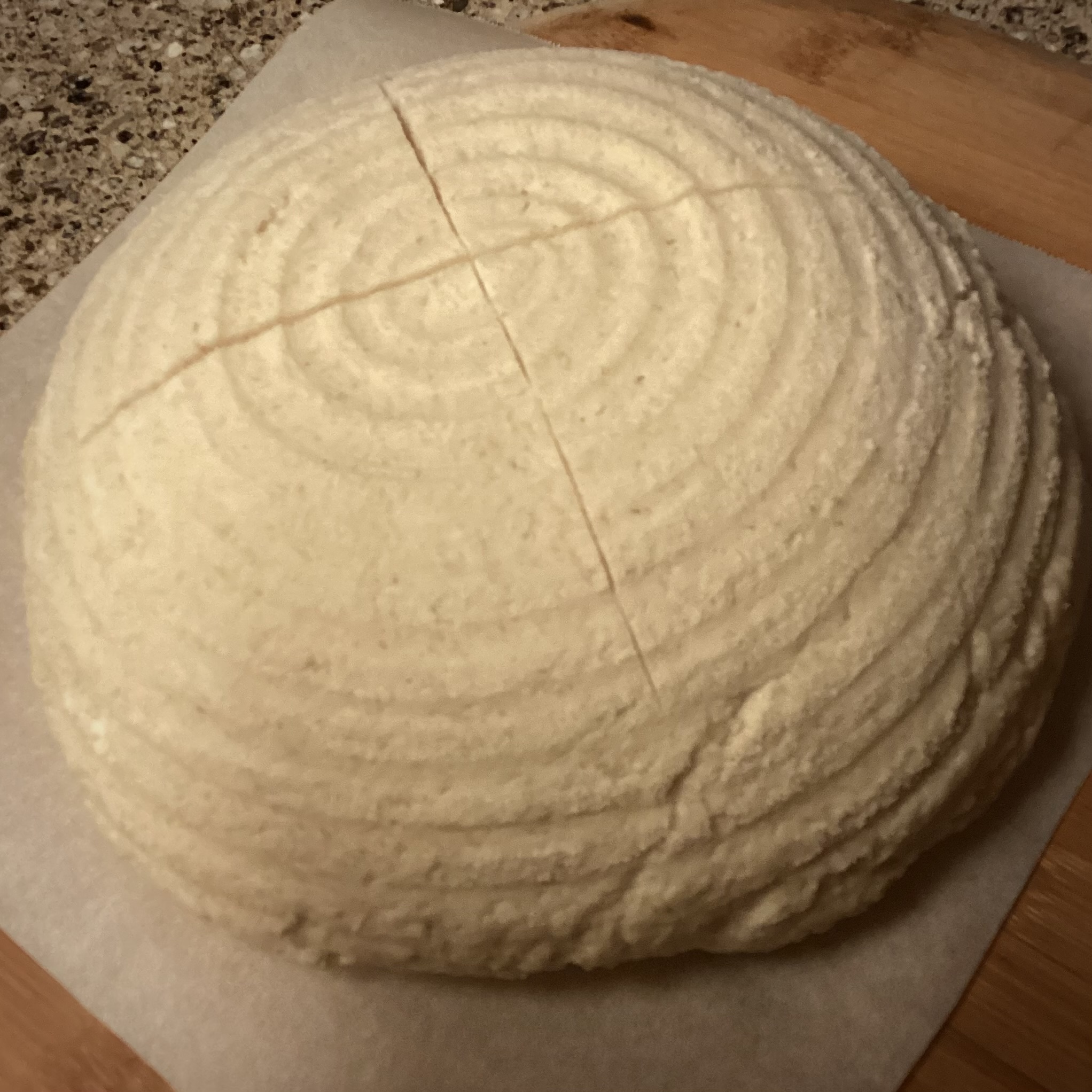
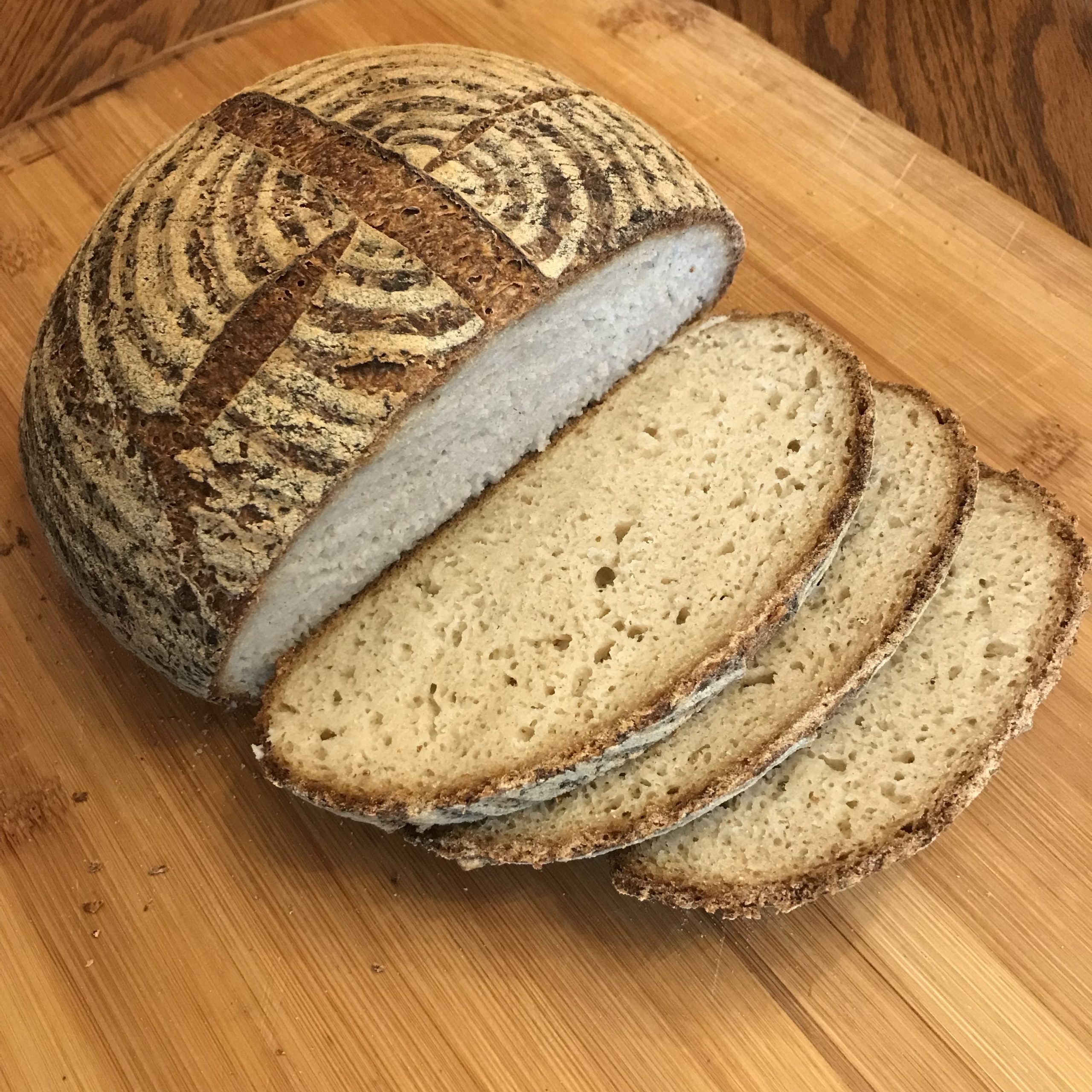
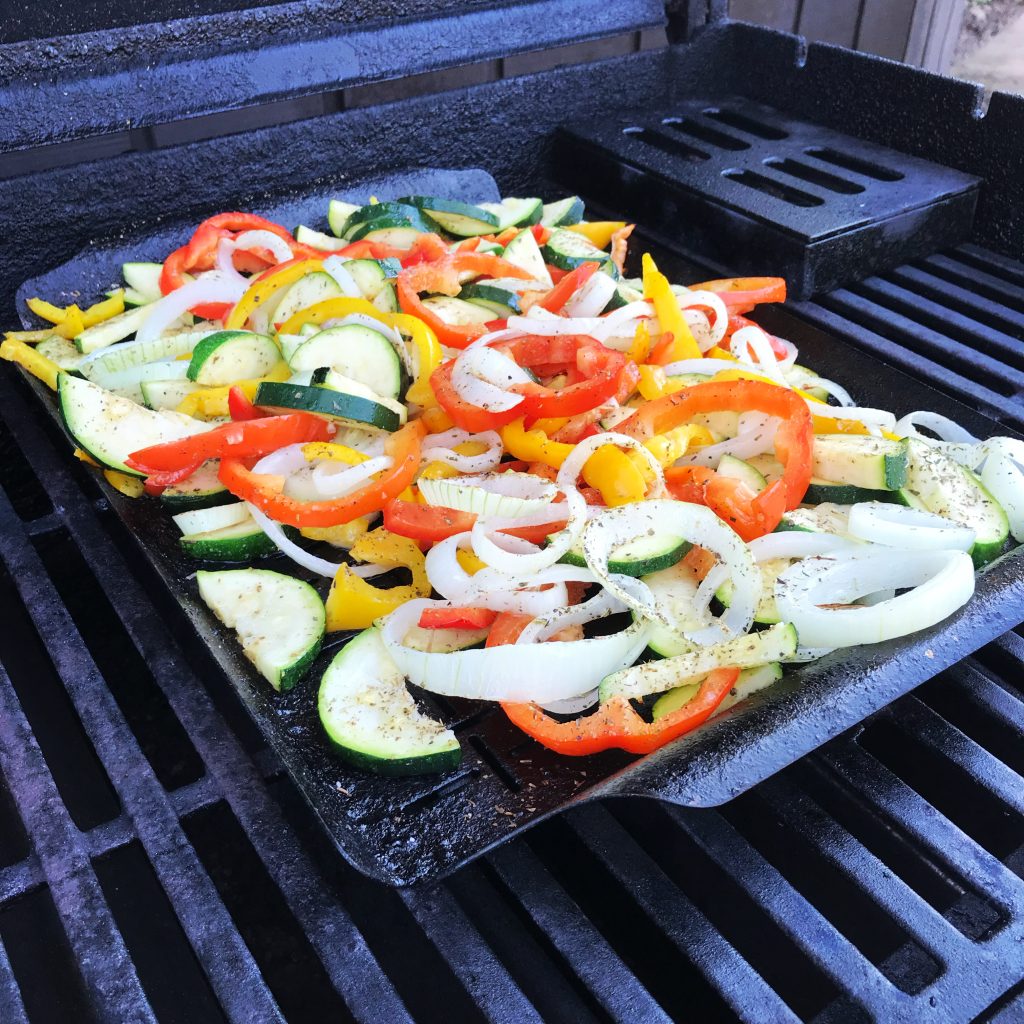
 Apparently I am in my cake era.
Apparently I am in my cake era. For Sunday Dinner this week, Claudia made a recipe she found on a
For Sunday Dinner this week, Claudia made a recipe she found on a  We made a special cake in Claudia’s favorite color for her Birthday this year.
We made a special cake in Claudia’s favorite color for her Birthday this year.

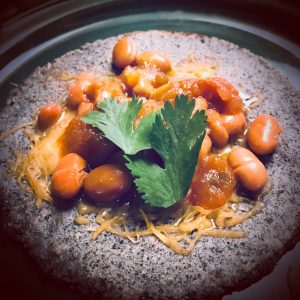 Our friend, Kristin, gave us some ears of Blue Corn from her garden recently, so I decided to cook up nixtamal and press some tortillas. It was my first time working with quicklime.
Our friend, Kristin, gave us some ears of Blue Corn from her garden recently, so I decided to cook up nixtamal and press some tortillas. It was my first time working with quicklime.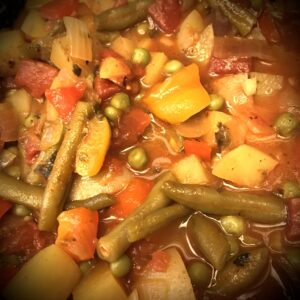 I’ve been listening to the
I’ve been listening to the 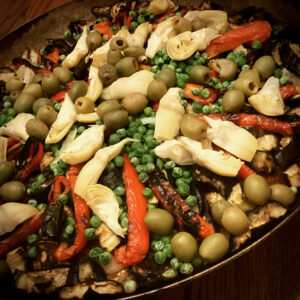 Paella is one of those dishes that seem to put everyone in a festive mood. When I
Paella is one of those dishes that seem to put everyone in a festive mood. When I 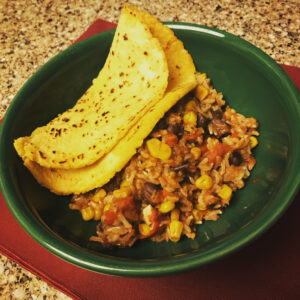 This made for a tasty weeknight meal, that came together in about 45 minutes.
This made for a tasty weeknight meal, that came together in about 45 minutes. There is a “hot dog and root beer stand” type of restaurant in our town that is renowned for their Coney Sauce. They are called Jaenicke’s. They’re only open in the warm weather months, so opening day each spring is a much anticipated event here in Kankakee.
There is a “hot dog and root beer stand” type of restaurant in our town that is renowned for their Coney Sauce. They are called Jaenicke’s. They’re only open in the warm weather months, so opening day each spring is a much anticipated event here in Kankakee.